A. Rosa
B. Nikki Giovanni
C. Bryan Collier
D. Scholastic Inc., 2005
E. Picture book, biography
F. 1-4
G. Rosa tells the story of Rosa Parks, an African-American woman in the 1950s, who refused to give up her seat on the bus to a white man. Rosa worked as a seamstress and on this one particular day, her supervisor told her to go home early since they were ahead of schedule in their work. As she got on the bus, she noticed that she would have to sit in the neutral section of the bus, where both blacks and whites could sit. At the next stop, several more people got on and many of them demanded that Rosa give up her seat to let the white people sit. She refused because she felt that it was wrong for them to demand her to give up her seat just because she was black. So then she was arrested. Her resistance to a system that was completely wrong sparked a huge boycott of the bus system. A year later, the Supreme Court ruled that segregation on buses was wrong.
H. I really enjoyed this book because it gave Rosa Parks a face and a life. Before reading this, I had no idea that Rosa was a seamstress, had a mother who lived with her, or that her husband really liked meatloaf. By making Rosa come alive, the authors were able to bring history alive a lot better for me than simply reading the facts in a text book about what Rosa did. It made me think a lot more about what it must have been like on that day in Alabama. Even some of the information in this book cleared up some of the misconceptions that I had about what had happened. Before, I thought that Rosa didn't give up her seat in the black section because she had had a very long day at work and was extremely tired. I had no idea she was in the neutral section and did it more to protect her own rights than anything else. I know that I will remember this information longer than if I read it out of a text book because it was presented in a way that isn't boring; it has life!
The illustrations were really impressive. I feel like each page conveys the feeling of what is going to happen with color as well as the actual subject of the illustration. As the illustrator says in the beginning of the book, he uses yellow hues to show the heat and the foreboding of bad events. When looking at the pictures, I can feel the kind of stale heat that you often feel in August, after summer is done but fall hasn't quite arrived to change the air. The collage in the illustrations provide beautiful textures and prints in a way that I doubt any other media can so effectively. I wanted to touch several of the pictures to feel the textures in the illustrations.
I. Rosa is a great way to teach about segregation and the many people who fought to get that system abolished. Not only does this book talk about Rosa Parks, it also talks about Martin Luther King, Jr. In addition to segregation and the great works of civil rights activists, this book is great for teaching about tolerance and standing up for what you believe in. I would have students think of a time when they themselves or someone they know had witnessed an injustice and had done something about it. Or, if they had witnessed an injustice and did nothing, what would they do different now? By hearing about and/or thinking about instances of "rocking the boat" that are a little more close to home, the students can feel the impact of standing up for what you believe in a little bit better than by thinking about a person whom they have never met (even though this is a great book and it does such an incredible job of making Rosa Parks identifiable to the students).
*Caldecott Honor book*
*Multicultural*
Subscribe to:
Post Comments (Atom)
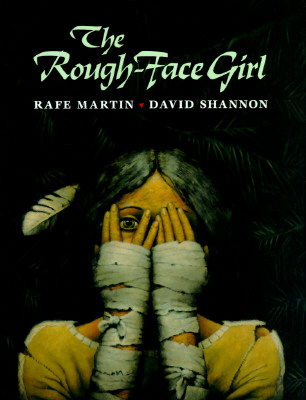
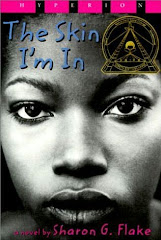


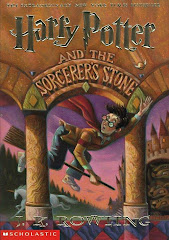
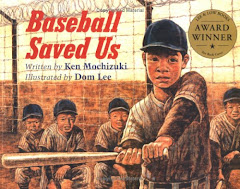
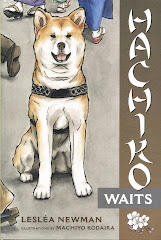



No comments:
Post a Comment